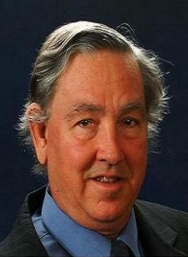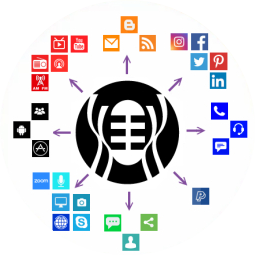
TURNING TRAGEDY INTO A MIRACLE: Zinc gluconate dietary supplement tablets (used as throat lozenges) containing 23 mg of zinc were serendipitously discovered in 1979 by George Eby's 3-year old daughter, Karen, while being treated for acute lymphocytic leukemia (ALL) as an effective method to cure her common colds -- even though she was on powerful chemotherapy and was highly immunosupressed. After using the first lozenge for several hours while she napped, she came out of her bedroom and proudly announced, "Zinc cured my cold!" Who on Earth would believe that a 3-year old child discovered the cure for common colds!? George Eby, her dad did, because he saw that her horrific cold was completely and totally over, and comparing those results with her physician's expectations for her cold to last months or until she was finished with her chemotherapy was a very clear wake-up call. George used the same zinc glucconate tablets (as lozenges) in a number of other people with colds, both children and adults, and soon became convinced that a clinical trial was needed.
Following the initial discovery, the first clinical trial using the exact same tablets (as lozenges) used by Karen showed stunning success as shown in this Antimicrobial Agents and Chemotheraphy clinical trial report. Those tablets were not bitter since no sweeteners were included in the tablets. Studies by others were conducted and use of lozenges containing zinc gluconate or other zinc compounds was patented in a series of patents starting in 1985 with the "Cure for Common Cold" patent being issued in 1995.
Much newspaper, magazine, radio, and television publicity ensued the initial report in 1984, and numerous manufacturers placed on the market "improved" zinc lozenges that were sweetened and flavored. Some of those improved and sweetened formulations were submitted to clinical trials by reputable pharmaceutical companies under patent license, while others simply placed them on the market.
Manufacturers soon found that zinc gluconate forms very bitter complexes with sugar, corn syrup, dextrose and other sweeteners upon aging for a few days to a few months, depending on the exact formulation, probably because of the presence of zinc gluconate-hydroxide at physiologic pH. Manufacturers and researchers alike in desperation to solve the taste problem added metal chelators, reduced dosage or used other nonionizable zinc compounds, resulting in a loss of Zn2+ ions and efficacy, with at least two formulations actually making colds worse in clinical trials; reports of which temporarily discredited this major medical discovery.
Fructose, the only sweet tablet base that does not result in zinc gluconate bitterness upon aging, was used as the tablet base in the successful and confirming zinc gluconate lozenges tested by the British Medical Research Council Common Cold Unit in 1987 without complaint of bitterness.
Sometime before 1990, George Eby discovered that zinc acetate, which tastes horrible, could be made into compressed tablets or hard candy lozenges that were flavor-stable and pleasant tasting. Research was conducted until ZIA 100 zinc acetate lozenges were proven to be readily mass produced on modern rotary tablet presses and candy making machinery.
Today's ZIA 100 zinc acetate lozenges work much better against colds, and totally without those side effects associated with zinc gluconate.







